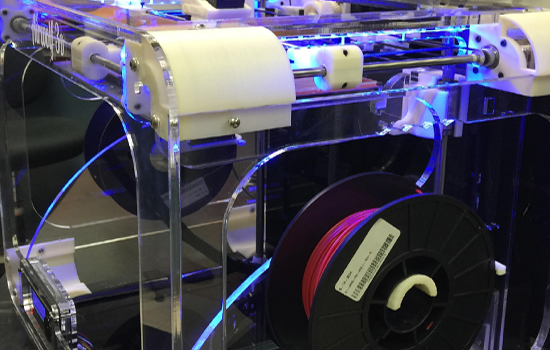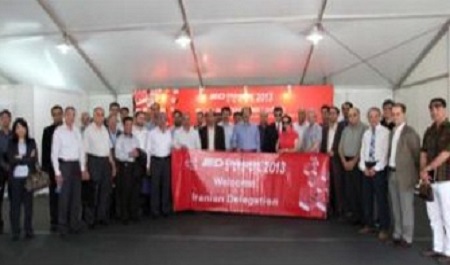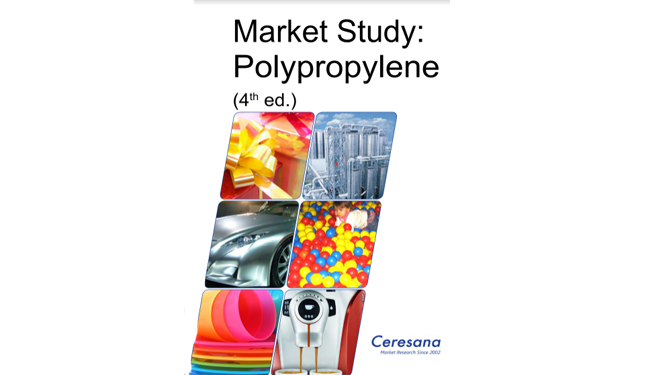
Efficient all-in-one solutions will be the focus of ENGEL’s appearance at Interplastica 2013 from 29th January to 1st February in Moscow. A fast and very compact ENGEL duo 350 pico injection moulding machine with an ENGEL viper 20 linear robot and a tie-bar-less ENGEL victory 50 injection moulding machine with an ENGEL viper 6 linear robot will be showing how extremely short cycle times and outstanding productivity can be combined with very low energy consumption and exceptionally high product quality perfectly.
With the ENGEL duo pico, ENGEL is extending the strengths of its tried and tested large-scale ENGEL duo machines to the clamping force classes from 350 to 750 tons. With a dry running time of just 2.4 seconds, the series makes ultra-short cycle times possible. Two diagonally acting high speed cylinders with fast synchronous locking and minimal pressure build-up make a contribution here as well.
The machine consumes less energy than its peers and the platens are also guided very securely, which guarantees high levels of operational safety and part quality. “The compact design of the ENGEL duo two-platen machines often plays a major role in a customer’s decision to purchase one too,” stresses Olaf Kassek, the Managing Director of OOO ENGEL in Moscow. “The space situation is critical at a lot of injection moulding companies and in many cases, the production volume can only be increased by higher productivity levels and the use of more compact machines.”
Maximum output from a small footprint
ENGEL will be demonstrating the full potential of the ENGEL duo pico machine series at Interplastica by producing rainwater grids on an ENGEL duo 2550/350 pico. The components, which are 280mm x 280mm x 24mm and 600g in weight, will be injection moulded using polypropylene in a cycle time of about 45 seconds during the four days of the trade fair.
An ENGEL viper 20 linear robot will take the components out of the one-cavity mould and deposit them on a conveyor belt. The fact that the robot control unit is completely integrated in the CC 200 control unit of the injection moulding machine opens up potential for increasing the machine’s efficiency even further. As the robot is able to access the machine parameters, the movement sequences of the machine and the robot can be tuned to fit in with each other perfectly. For example, the robot can start removing the part as early as during the opening movement of the mould and save more time by doing so.
Complete integration of the robot’s control unit also makes the robot easy to programme and operate. “Anyone who can use the injection moulding machine can also operate the robot,” says Mr Kassek. “The machine operator doesn’t have to familiarise themselves with two different control logic approaches, because the movement instructions for the robot blend into the graphical interface of the machine control unit seamlessly.”
In addition to being very user-friendly, the ENGEL viper robots epitomise maximum stability and excellent dynamics. An innovative design that utilises laser-welded steel sections has kept the dead weight of the robots low, enabling the load-bearing capacity to be raised. Clever software packages with features such as vibration control, efficiency control and mass identification reduce the structure-borne vibration of the robots, including in the case of longer axis dimensions, and optimise their movement and dynamic values, resulting in enhanced efficiency.
Tie-bar-less technology saves space and reduces costs
The second production cell which ENGEL will be presenting in Moscow is a real space saver. Base plates for water meters will be injection moulded using POM in a 4-cavity mould on an ENGEL victory 200/50 spex with an integrated ENGEL viper 6 robot. The tie-bar-less design of the ENGEL victory machines means parts can be handled via direct access to the mould area, including from the side. For many uses, the robots are able to move nearer to the machines than they are with classic tie bar machines as well.
Tie-bar-less technology also means the mould can be changed quickly and easily, while another advantage is the fact that mould fixing platens can use all the space provided by the machine right up to the edge. Large moulds are therefore able to fit on relatively small injection moulding machines, which benefits multi-cavity and multi-component applications that require bulky core pulls but low clamping forces more than anything else. In many cases, it is now possible to buy a machine which is smaller than the mould size involved would traditionally dictate.
This doesn’t just save investment costs, it also reduces operating costs. Olaf Kassek says: “There is a very high demand for ENGEL victory machines in Russia. They are mainly used in the car industry and to make technical parts, fittings, and toys.”
Individual solutions provided quickly
ENGEL, whose headquarters are in Schwertberg, Austria, has had a sales and service subsidiary in Russia since 2006. 14 service technicians support customers on site, while the company also has its own replacement part depot in Moscow and a hotline, which guarantees fast service. By offering high levels of system competence and usage orientation all over the world, ENGEL is able to cater for specific needs and therefore create competitive advantages for its customers.








